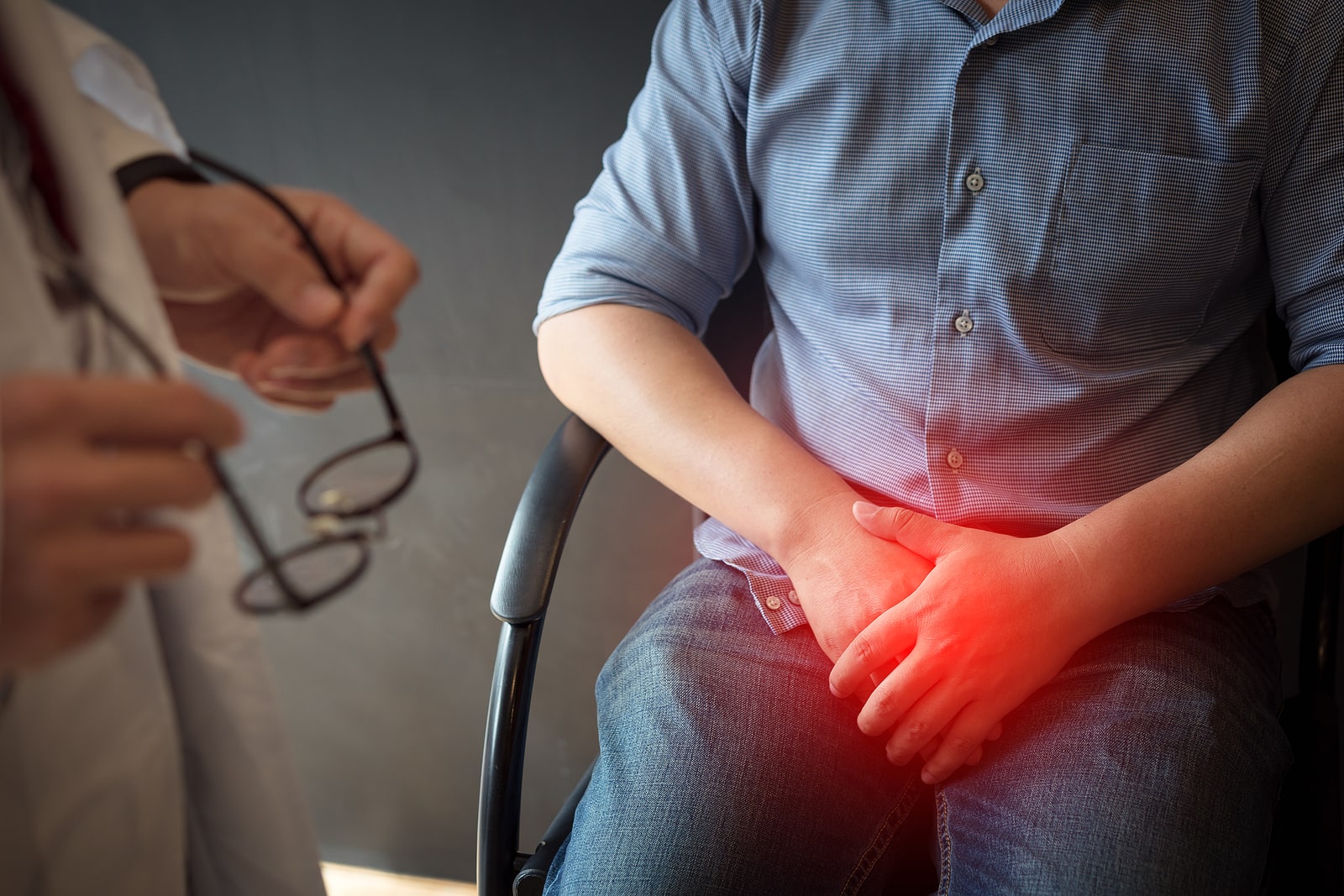Testicular Cancer Facts You Should Know
When most people think “cancer,” they associate it with a disease you get when you are older. And, overall, they are correct. Advancing age is the leading risk factor for cancer and the median age for a cancer diagnosis is 66. However, some cancers, like testicular cancer, affect younger populations at a greater rate than older ones. Many people don’t know the average age for a testicular cancer diagnosis is 33—half the median age of overall cancer diagnoses. We’re sharing 5 testicular cancer facts you should know.
Nearly 10,000 new cases of testicular cancer will be diagnosed in the United States this year.
The American Cancer Society estimates 9,470 new cases of testicular cancer will be diagnosed in the United States in 2021. Compared to other cancers, testicular cancer is not very common. When looking at testicular cancer vs prostate cancer, the diagnosis rate of testicular cancer is a fraction of that of prostate cancer. The American Cancer Society estimates 248,530 new cases of prostate cancer will be diagnosed in the United States in 2021.

One of the first symptoms of testicular cancer is a lump on a testicle.
Many men wonder how to feel for testicular cancer, similar to how a woman can complete a self-breast exam each month to check for abnormal masses. There is currently no standard screening test for testicular cancer.
Many men don’t exhibit any symptoms when they have testicular cancer and the symptoms they may have are more commonly attributed to normal testicle size and shape (it is normal for one testicle to be larger than the other or hang lower than the other) or inflammation and/or pain caused by an infection or groin injury.
Testicular cancer is often found through medical testing for other health concerns (such as finding a tumor on an imaging test completed for a fertility workup). However, one of the earliest identifiable symptoms of testicular cancer is a new lump on a testicle or one testicle swelling larger than the other. Other symptoms include enlarged breast size, pain or heaviness in the lower abdomen, scrotum, or back, or headaches and confusion (if the cancer has spread to the brain).
If you find a lump on a testicle or are experiencing any of these symptoms, schedule an appointment with your doctor.
You can have sex after testicular cancer treatment.
While you may be too tired or experiencing side effects that prevent you from having sex during cancer treatment, most men go on to have satisfying sex lives after completing testicular cancer treatment. Usually, testicular cancer affects only one testicle. If the second testicle remains unaffected by the disease and treatment, it can still produce all the hormones needed to achieve an erection and have sex.
It is possible to have kids after testicular cancer.
Since testicular cancer largely affects men who are at the age where they are starting (or planning) families, one of the more common questions about the disease is can you have kids after testicular cancer?
The testicles are responsible for making male hormones, like testosterone, and making sperm, which is necessary to fertilize a female egg and make a baby. Even if you can still achieve an erection after cancer treatment, some treatments can affect fertility.
Chemotherapy for testicular cancer usually causes temporary infertility. In most men, their fertility will return some time after finishing chemotherapy.
During radiation therapy, the healthy testicle will be shielded to try to minimize exposure and maintain optimal function, but fertility may still be impacted.
Fertility after testicular cancer is dependent on several factors including age, stage of the cancer, size of the tumor, and treatments.
There are procedures to bank sperm ahead of cancer treatment, improve fertility after treatment, and even retrieve sperm and achieve conception through advanced reproductive technologies. If you have been diagnosed with testicular cancer and wish to conceive a child, it is important to make an appointment with a fertility specialist to discuss your options and make a plan as soon as possible.
Testicular cancer has a high survival rate.
Most testicular cancers can be cured, even when they are not detected until a late stage. The 5-year survival rate for localized testicular cancer is 99% and the 5-year survival rate for all stages of testicular cancer is 95%.
When cancer comes back after treatment it is called a relapse or recurrence. Relapse or recurrence is uncommon in testicular cancer. Rates of recurrence for testicular cancer are low, and if a relapse does happen, it usually happens in the first 1-2 years after finishing treatment. Testicular cancer recurrence after 2 years is rare, with less than 1 in 20 recurrences happening after this time.
After finishing treatment for testicular cancer, patients are recommended to complete regular self-exams as well as see their doctor for scheduled follow-up appointments.
RELATED ARTICLES
OUR VALUES
Our mission is to better human lives through personalized healthcare and innovation.
We are committed to providing compassionate and extraordinary care by acting with attention, joy and authenticity.
We advance healthcare by aligning patients, providers and payers.
We aim to lead the way by way of innovation, excellence and the drive to change and make a lasting difference.
Patient experience is our top priority. We show this by operating with integrity, listening, and building trust with our patients and one another.
We are committed to teamwork, family spirit and embracing each other’s resourcefulness, resilience and dedication.

